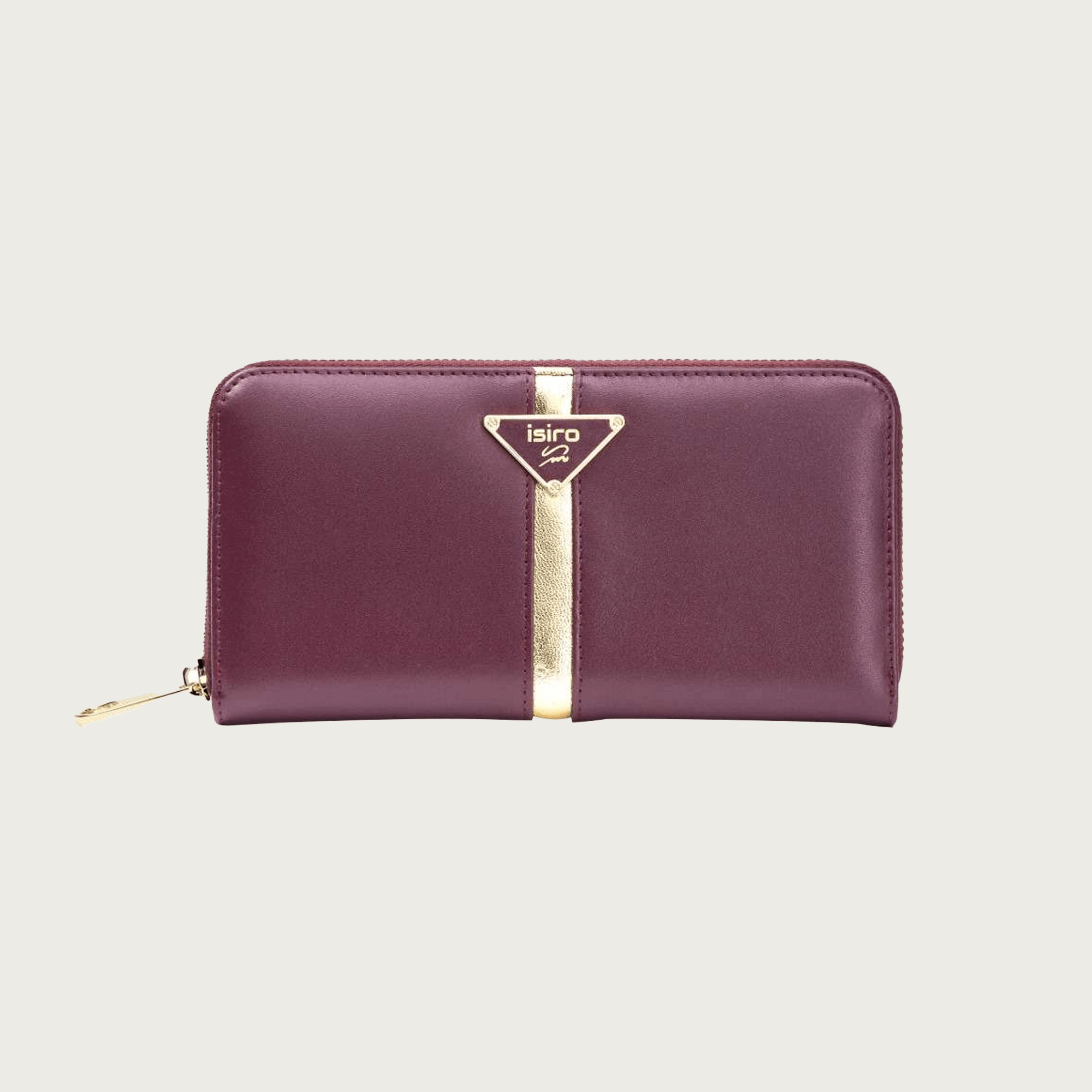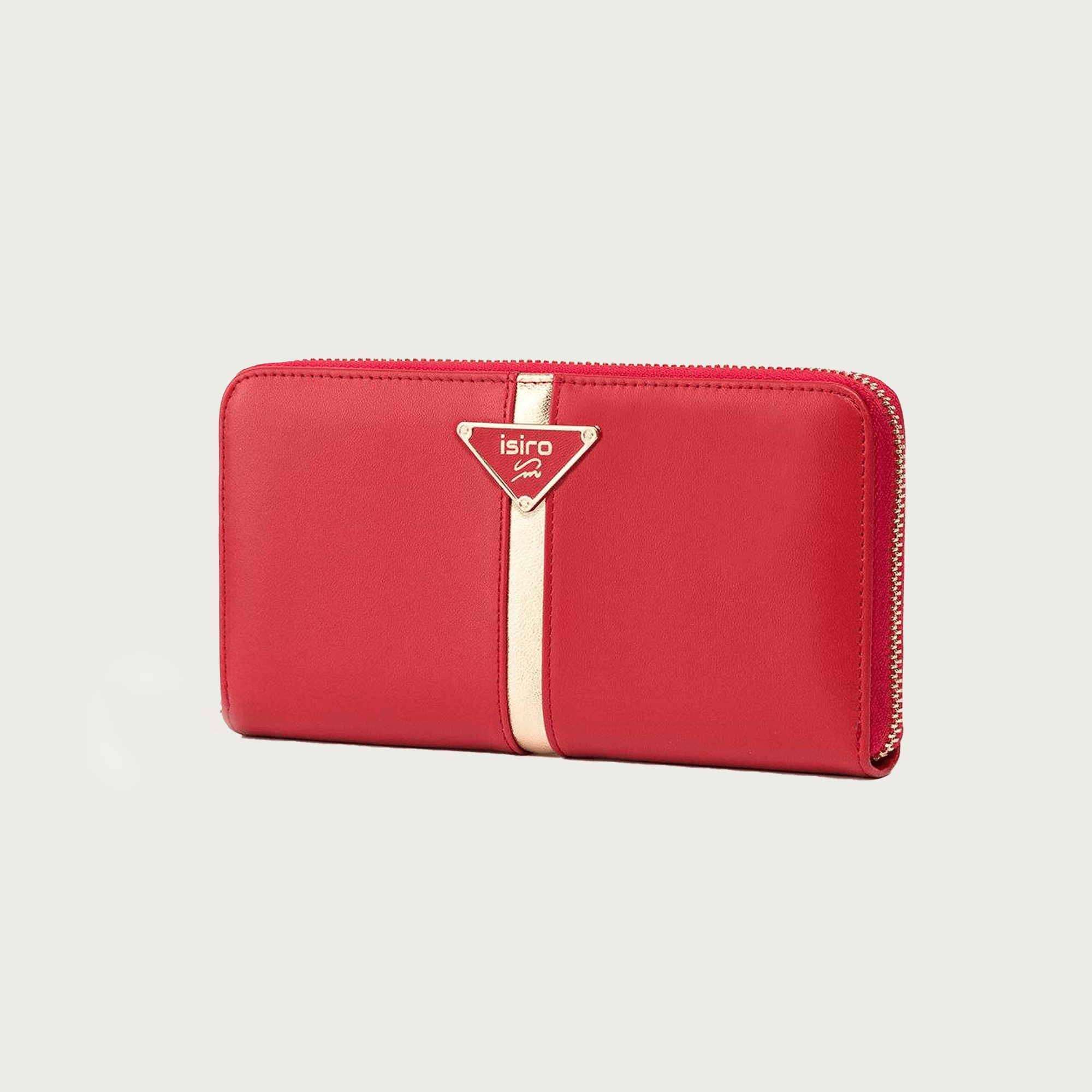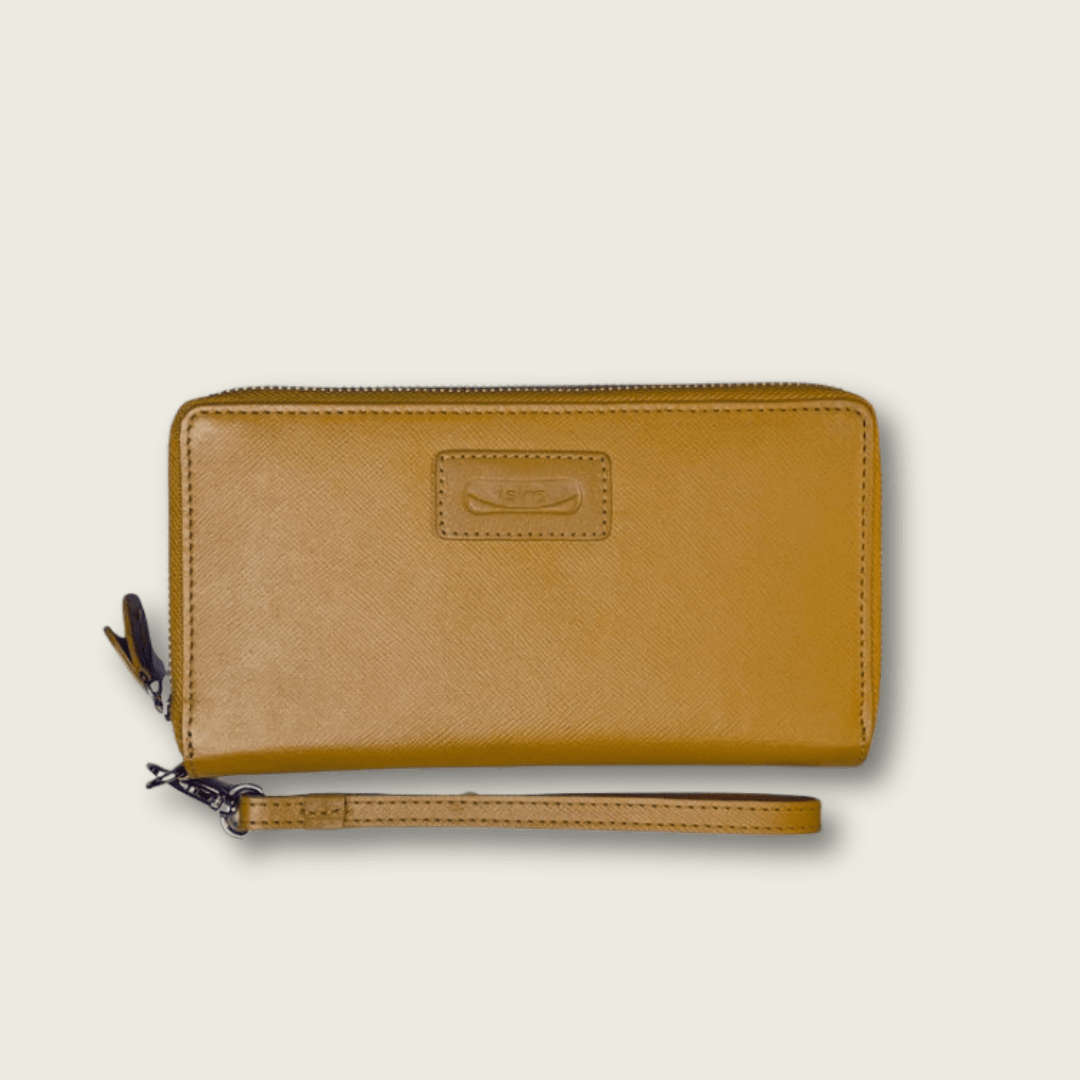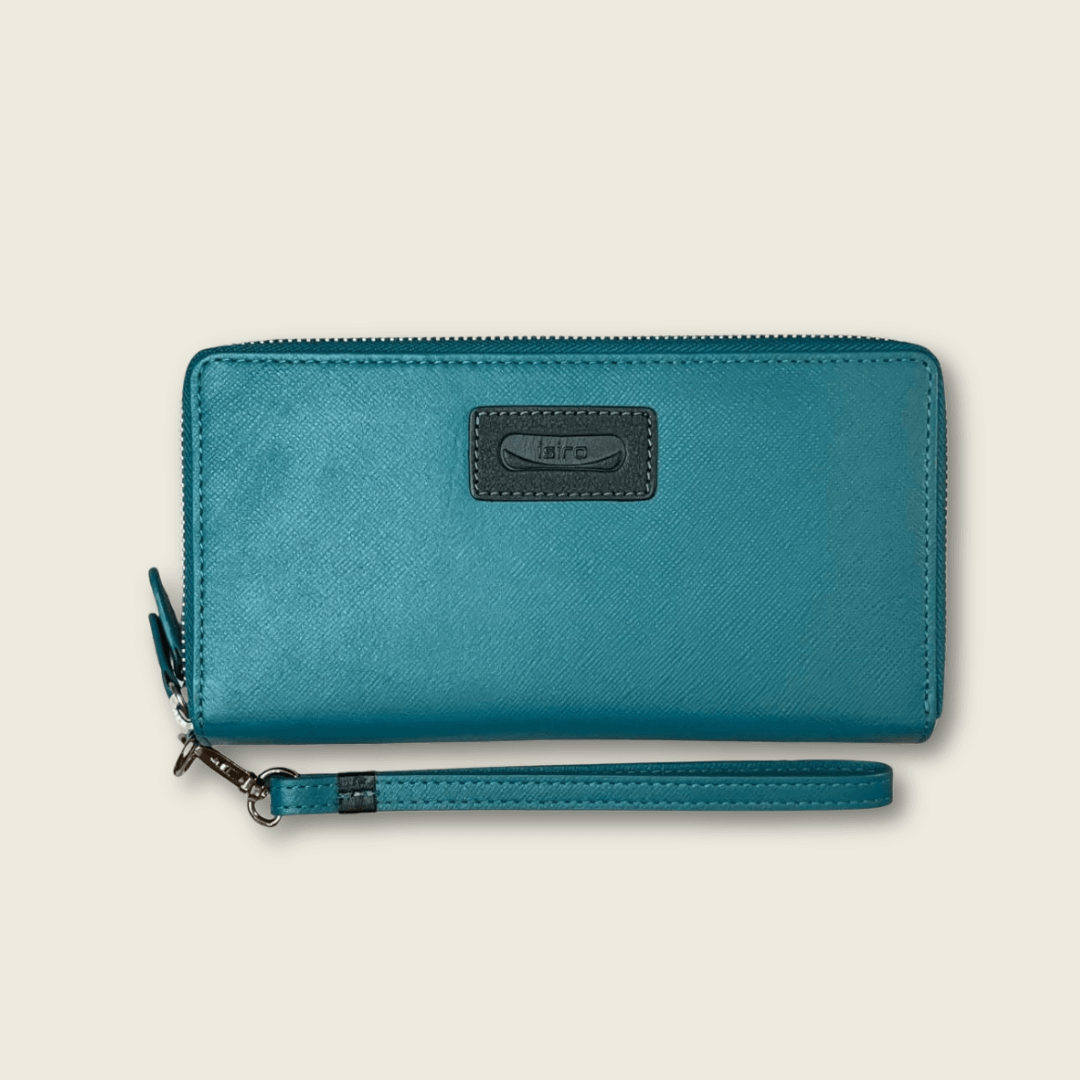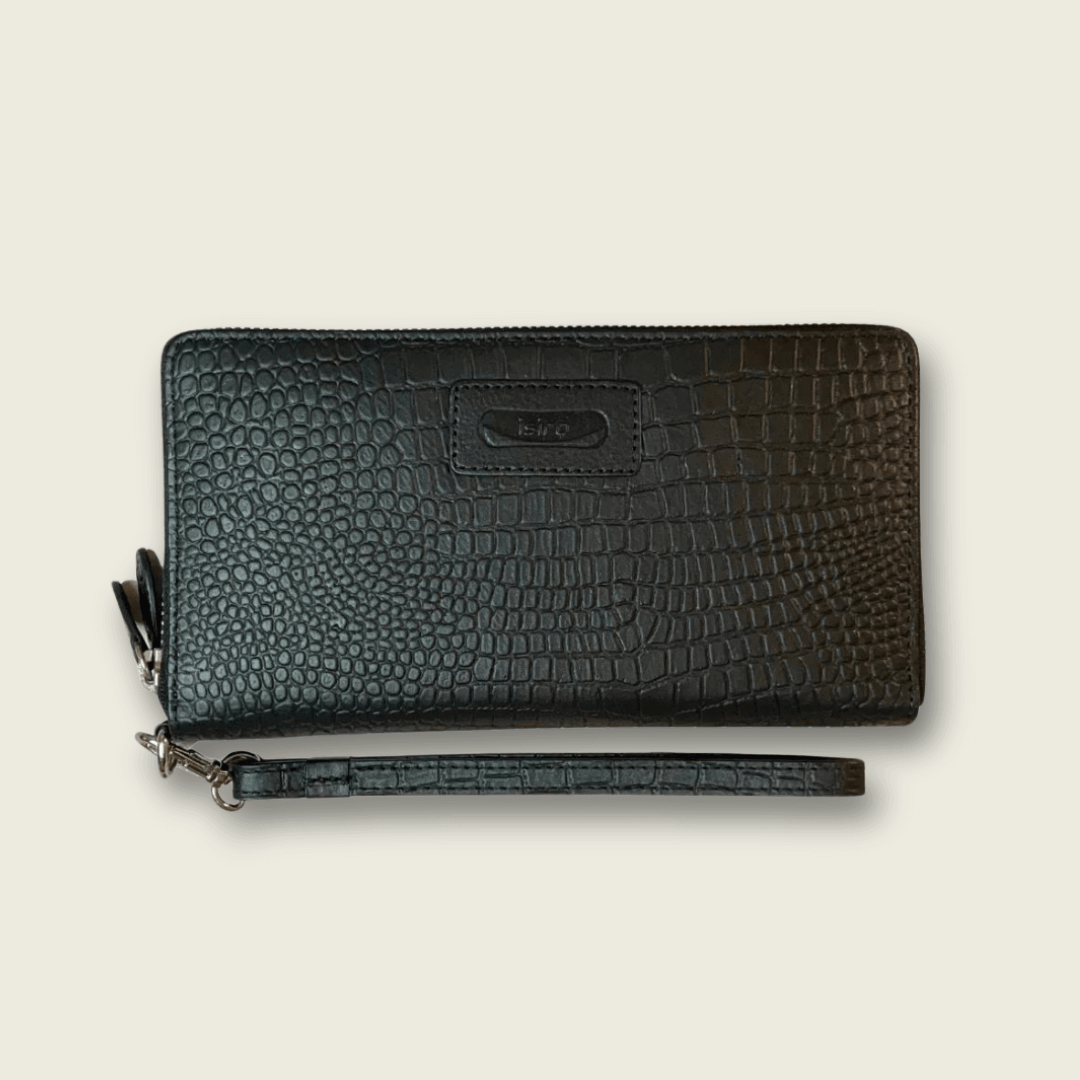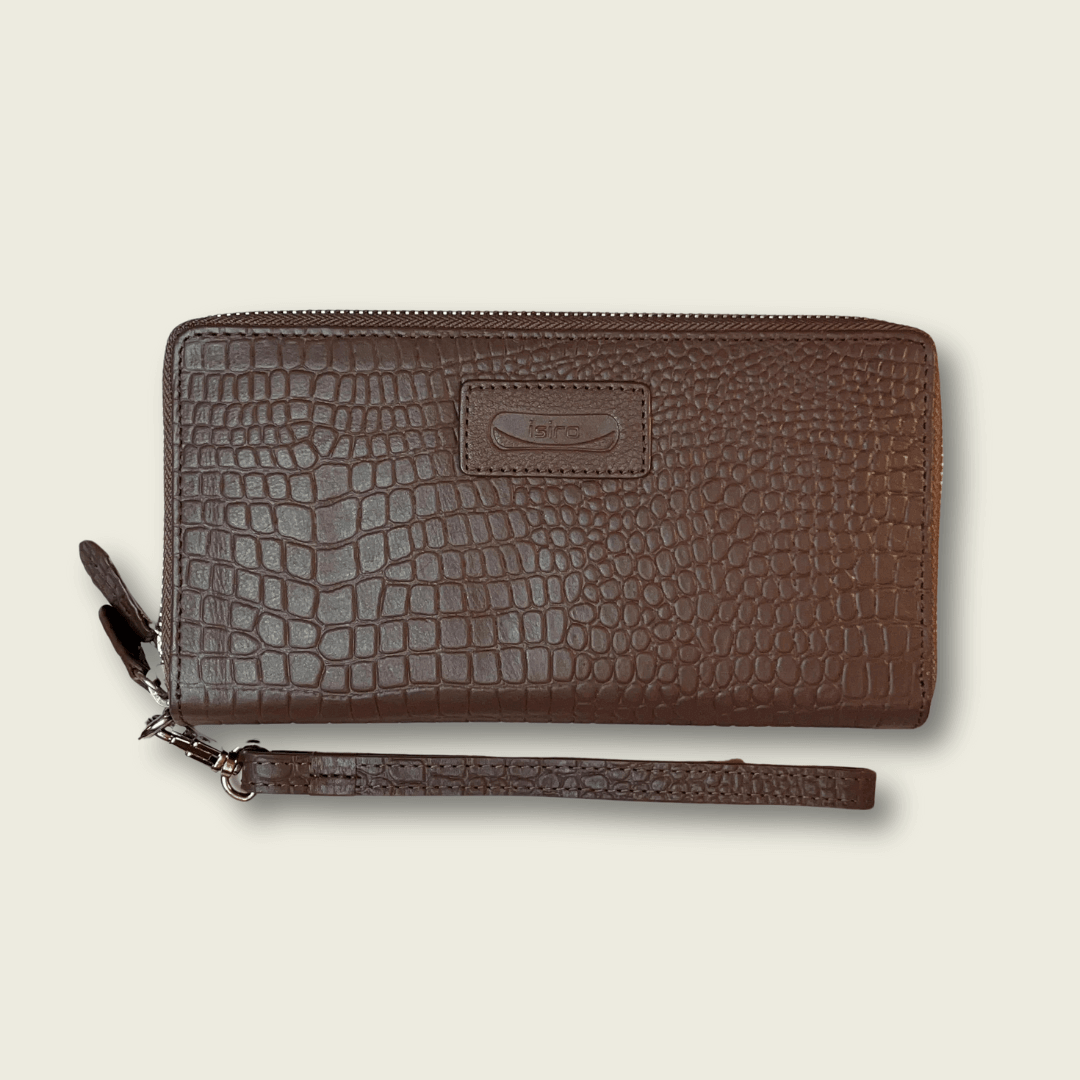A leather wallet is more than just a functional accessory; it's a statement of style and a daily companion that holds your essentials. But have you ever wondered how long a leather wallet can truly last? Whether you're a seasoned leather aficionado or a newcomer to the world of premium accessories, understanding the lifespan of a leather wallet is essential. In this insightful guide, we'll unravel the factors that influence the longevity of a leather wallet and provide tips on when to consider replacing this essential accessory.
The Lifespan of a Leather Wallet
The durability of a leather wallet largely depends on several key factors:
1. Quality of Leather
The quality of the leather itself is a primary determinant of how long a wallet will last. Full-grain leather, known for its natural imperfections and resilience, tends to have the longest lifespan. Top-grain leather, while slightly refined, also offers commendable longevity.
2. Craftsmanship
Expert craftsmanship ensures that the wallet is constructed with precision, reinforced seams, and attention to detail. A well-constructed wallet can withstand daily wear and tear for an extended period.

3. Usage Frequency
How often you use your wallet plays a significant role. A wallet used daily may show signs of wear more quickly than one used occasionally.
4. Care and Maintenance
Proper care and maintenance can significantly extend the lifespan of your leather wallet. Regularly cleaning, conditioning, and protecting the leather from excessive moisture and direct sunlight can preserve its quality over time.
5. Type of Leather
Different types of leather have varying lifespans. For instance, exotic leathers like alligator or ostrich tend to be more durable due to their unique characteristics.
When to Replace Your Leather Wallet
While a well-crafted leather wallet can last for years, there are signs that indicate it's time for a replacement:
1. Visible Wear and Tear
Excessive scratches, scuffs, and cracks on the leather's surface may signal that the wallet has reached the end of its lifespan.
2. Torn Seams
If the seams of your wallet are fraying or torn, it's a clear indication that the wallet's structural integrity has been compromised.
3. Card Slots Losing Elasticity
When card slots become too loose to hold cards securely, it might be time to consider a replacement.
4. Faded Appearance
If the leather has lost its luster and vibrant color despite proper care, it might be a sign of aging.
5. Unrepairable Damage
When the leather sustains irreparable damage, such as deep cuts or extensive water damage, it's often more practical to invest in a new wallet.
Choosing a Long-Lasting Wallet
If longevity is a priority, consider these wallet types:
- Bifold or Trifold Wallets: These classic designs are known for their durability and ample storage capacity.
- Minimalist Wallets: Slim designs with fewer pockets may last longer due to reduced stress on seams and leather.

In Summary
A genuine leather wallet has the potential to be your steadfast companion for years, even decades. The longevity of your wallet is a culmination of its quality, craftsmanship, care, and usage. By investing in high-quality leather, practicing proper maintenance, and recognizing the signs of wear, you can ensure that your leather wallet continues to serve as a stylish and reliable accessory in your everyday life. Remember, a leather wallet isn't just an accessory; it's a reflection of your style and a testament to the enduring appeal of genuine leather craftsmanship.
